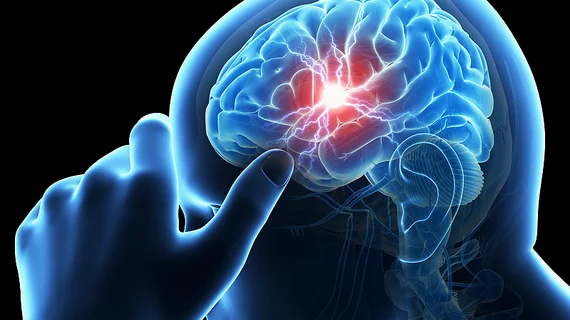IR societies call for improved stroke training
Three interventional radiology societies have published a joint position statement in the Journal of Vascular and Interventional Radiology calling for expanded stroke training for interventional radiologists. The Society of Interventional Radiology (SIR), Cardiovascular and Interventional Radiology Society of Europe (CIRSE) and Interventional Radiology Society of Australasia (IRSA) explained in the statement that this policy change is aimed at improving the ongoing shortage of physicians trained in endovascular stroke treatments such as endovascular thrombectomy (EVT).
“The shortage of physicians and comprehensive stroke centers providing EVT has been confirmed by the stroke neurology community, who recommend that patients be treated locally rather than having long transfer delays,” according to the statement. “Appropriately trained interventional radiologists can evaluate stroke patients and provide emergent EVT with good outcomes…especially where neurointerventional physicians are not available.”
EVT saves lives and improves outcomes for stroke patients, the societies explained. Stroke impacts 16.9 million people worldwide each year.
SIR is currently updating its stroke training guidelines to improve patient access to these treatments. The new guidelines will “reinforce Joint Commission and American Heart Association requirements for physicians operating in Thrombectomy-capable Stroke Centers and Comprehensive Stroke Centers.”
“We stand committed to advocate for policy changes and provide the cognitive and technical skills and resources necessary for interventional radiologists to provide high-quality care,” M. Victoria Max, MD, SIR president, said in a prepared statement.

